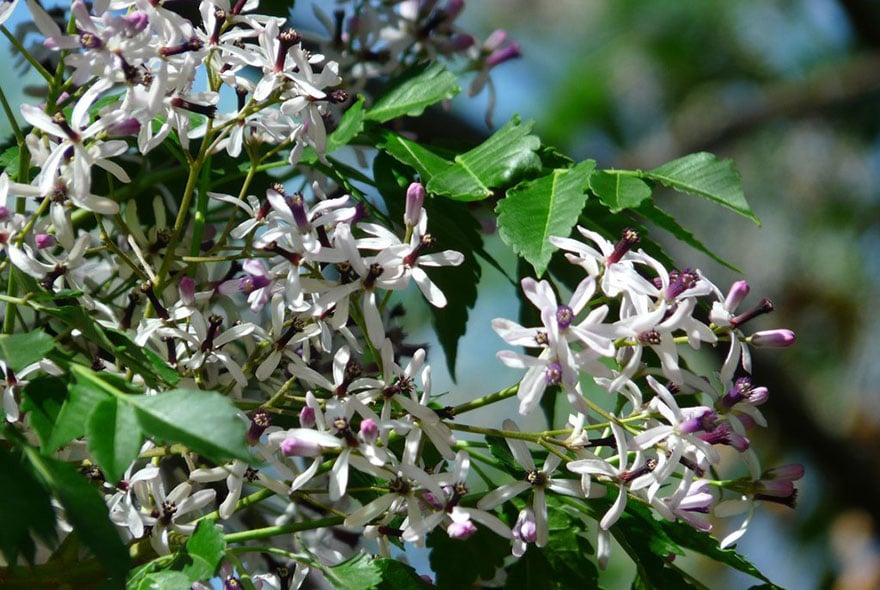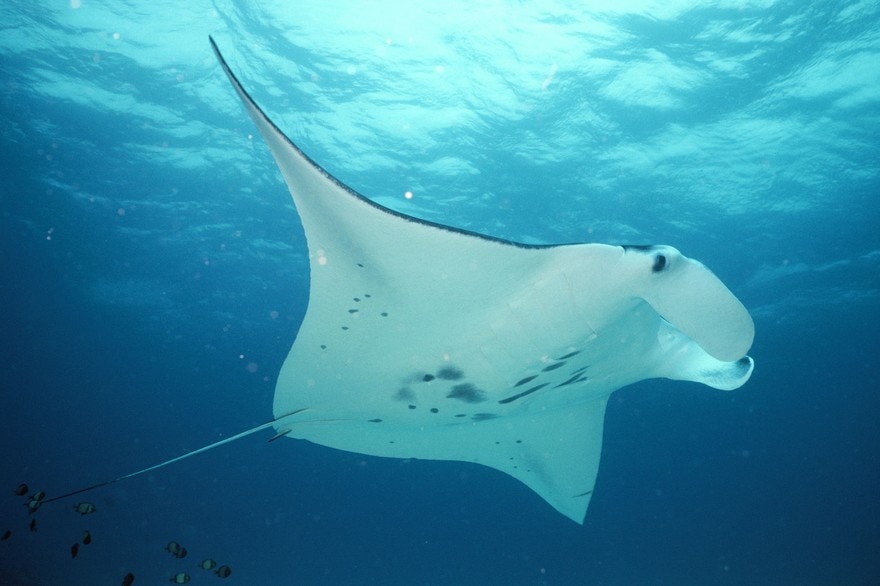Les antidouleurs morphine et codéine, le taxol (anticancéreux), l’artémisinine (antipaludéen) ou l’aspirine… Tous ces médicaments ont la particularité d’avoir été découverts dans les végétaux ou d’en être dérivés. En effet, aujourd’hui encore, comme depuis des millénaires, l’environnement nous procure l’essentiel des composés qui permettent de nous soigner.
Pour identifier de nouveaux médicaments au sein des pharmacopées traditionnelles, qui font la part belle aux substances naturelles, les ethnopharmacologues sont à pied d’œuvre.
Naissance de la pharmacologie
Au début du XIXe siècle, les scientifiques se prennent de passion pour une nouvelle discipline, la pharmacognosie (étymologiquement « connaissance du médicament »). Il s’agit d’identifier et isoler les principes actifs contenus dans les matières premières d’origine biologiques ou minérales utilisées en médecine « traditionnelle ». La pharmacognosie s’intéresse en particulier aux plantes utilisées dans les pharmacopées populaires.
À cette époque, grâce au progrès de la chimie, le rythme de découverte de nouvelles substances médicamenteuses par les pharmaciens chimistes s’accélère. La morphine est isolée du pavot somnifère en 1804, l’émétine, un puissant vomitif, est découverte dans l’arbrisseau sud-américain ipéca en 1817, puis la strychnine est extraite de la noix vomique en 1818. Viendront ensuite la célèbre quinine en 1820 (un antipaludéen issu du quinquina, autre arbuste d’Amérique du Sud), l’acide salicylique extrait du saule en 1828 (qui permettra de créer l’aspirine), ou encore la codéine, antidouleur isolé en 1832 dans le pavot…
Les découvertes de ces principes actifs, qui ont été inspirées par des savoirs médicinaux traditionnels, ouvrent alors un nouveau champ de recherche : la pharmacologie. On s’intéresse désormais aux mécanismes d’action des drogues, et aux moyens de les améliorer.
De grands groupes pharmaceutiques naissent à cette époque : Pfizer est créé en 1849, Bayer et Hoerst en 1863.
Du naturel à l’artificiel
Dans les années 1930, les chimistes mettent au point les premières méthodes permettant de fabriquer artificiellement les composés chimiques. Ces produits ne tardent pas à remplacer une grande partie des médicaments d’origine naturelle, dont la production est beaucoup plus coûteuse et chronophage pour l’industrie. Peu à peu les drogues végétales sont détrônées : leur nombre passe de 820 dans le Codex de 1818, à 207 dans l’édition de 1949.
Pour répondre à une recherche d’efficacité et de rentabilité, de nouvelles technologies sont mises au point, comme le criblage haut débit, dans les années 1980. Cette technique automatisée permet de tester rapidement l’effet de plusieurs milliers de molécules sur une cible thérapeutique (cellules cancéreuses, bactéries infectieuses, etc.). L’association de cette méthode avec une autre discipline récente, la chimie combinatoire (qui permet de fabriquer rapidement des milliers de molécules différant légèrement les unes des autres), aurait dû entraîner une révolution pharmaceutique.
Mais tout ne s’est pas passé comme prévu…
La nature, championne de l’originalité
Le succès de ces nouveaux outils s’est finalement avéré relatif : de nos jours, la plupart des « nouveaux » médicaments qui sont mis sur le marché ne sont que des reformulations de produits déjà commercialisés.
Cette réussite en demi-teinte s’explique notamment par le fait que la chimie combinatoire engendre uniquement certaines sortes de molécules. La diversité est donc bien moins grande que celle que l’on trouve dans l’environnement. Par ailleurs, la nature est parfois capable de prouesses que les chimistes ne parviennent à reproduire qu’à grands frais, comme dans le cas du taxol.
L’environnement reste donc une source privilégiée pour l’identification de principes actifs complètement innovants : plus de la moitié des médicaments sont, aujourd’hui encore, issus plus ou moins directement de ressources naturelles.
La toxicité de l’if commun, dont est issu l’anticancéreux taxol, est connue depuis l’Antiquité
Dans ce contexte, les ethnopharmacologues ont un rôle important à jouer. En effet, les apports des savoirs traditionnels sont déterminants dans le processus qui mènera à la découverte de nouveaux principes actifs. Leur mission est justement d’aller à la rencontre des populations pour recenser, avec leur consentement, les usages thérapeutiques et les espèces associées. Une fois les pratiques connues, il s’agit d’évaluer leur efficacité. Enfin, si l’activité d’un remède est avérée et son principe actif, identifié, et si on en a les moyens financiers, on peut envisager de l’utiliser pour développer de nouveaux médicaments.
Le travail des ethnopharmacologues permet donc d’effectuer donc une première sélection parmi les innombrables espèces issues de la biodiversité, en sélectionnant celles qui ont un fort potentiel. À condition de respecter certaines règles.
Valoriser sans spolier
Ces dernières années, cette approche ethnopharmacologique s’est considérablement compliquée pour les investisseurs, qu’il s’agisse d’organismes publics ou de sociétés pharmaceutiques, en raison de nouvelles réglementations. Une complexification pour la bonne cause : en effet, pendant longtemps, il a été possible de déposer des brevets basés sur des savoirs traditionnels sans se préoccuper d’éventuelles retombées pour les populations qui les ont inspirés, lesquelles ne percevaient aucun bénéfice.
Ce fut notamment le cas pour le Neem, plante médicinale utilisée en Inde depuis des générations pour ses propriétés antifongiques, le Hoodia, un coupe-faim bien connu des Bushmen en Afrique du Sud ou encore le Maca du Pérou, recherché pour ses vertus aphrodisiaques.
Afin de lutter contre cette biopiraterie, le protocole de Nagoya a été établi, dans le cadre de la Convention sur la Diversité Biologique. Entré en vigueur en 2014 et signé par 105 États, il définit un contexte réglementaire pour l’accès aux ressources génétiques telles que les plantes, les animaux, les bactéries ou d’autres organismes. Il prévoit le partage juste et équitable des avantages découlant de l’utilisation de ces ressources. Le protocole couvre aussi les connaissances traditionnelles. Si l’accès aux ressources est devenu moins aisé, ces dispositions semblent néanmoins bénéfiques.
Les effets positifs du protocole de Nagoya
Le protocole de Nagoya ambitionne de garantir une exploitation éthique et durable des ressources naturelles des pays, c’est-à-dire respectueuse des communautés détentrices de connaissances traditionnelles et de leur environnement.
Des affaires récentes ont démontré l’impact positif de sa mise en application, puisque des demandes de brevets sont réexaminées sous un autre angle, avec une nouvelle opportunité, pour les dépositaires du brevet comme pour les communautés d’autochtones ayant contribué à la découverte, de valoriser leurs savoirs traditionnels.
Preuve de l’importance de ces connaissances, depuis 1978 et la déclaration d’Alma-Ata, l’OMS recommande l’étude des médecines traditionnelles et l’intégration dans l’arsenal thérapeutique conventionnel des remèdes dont l’efficacité est prouvée. Les ethnopharmacologues ne sont pas encore à la retraite…
Elodie Drané, PhD student, Université des Antilles
Image d’en-tête : Le margousier ou neem (Azadirachta indica), connu en Inde pour ses propriétés antifongiques
La version originale de cet article a été publiée sur The Conversation.
![]() Quelque chose à ajouter ? Dites-le en commentaire.
Quelque chose à ajouter ? Dites-le en commentaire.














